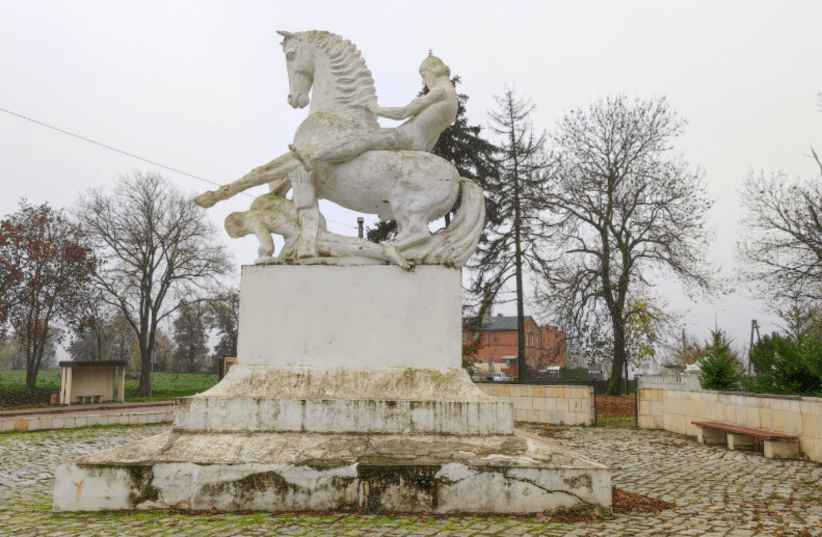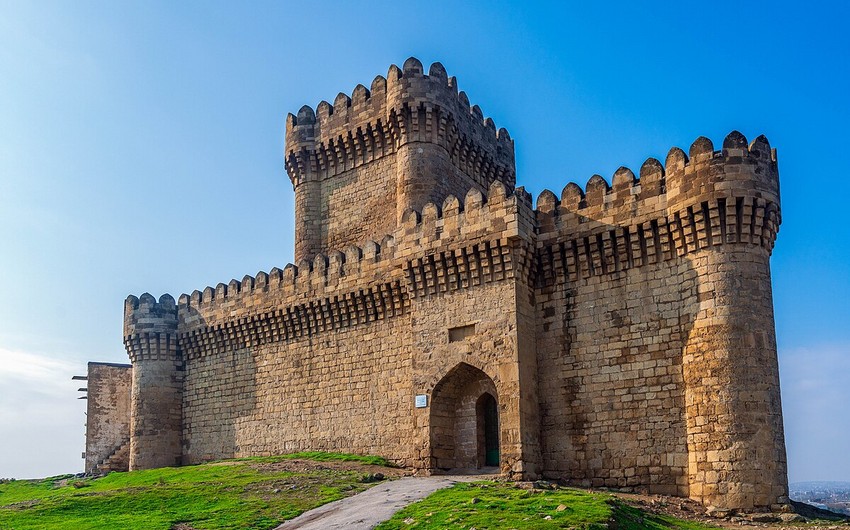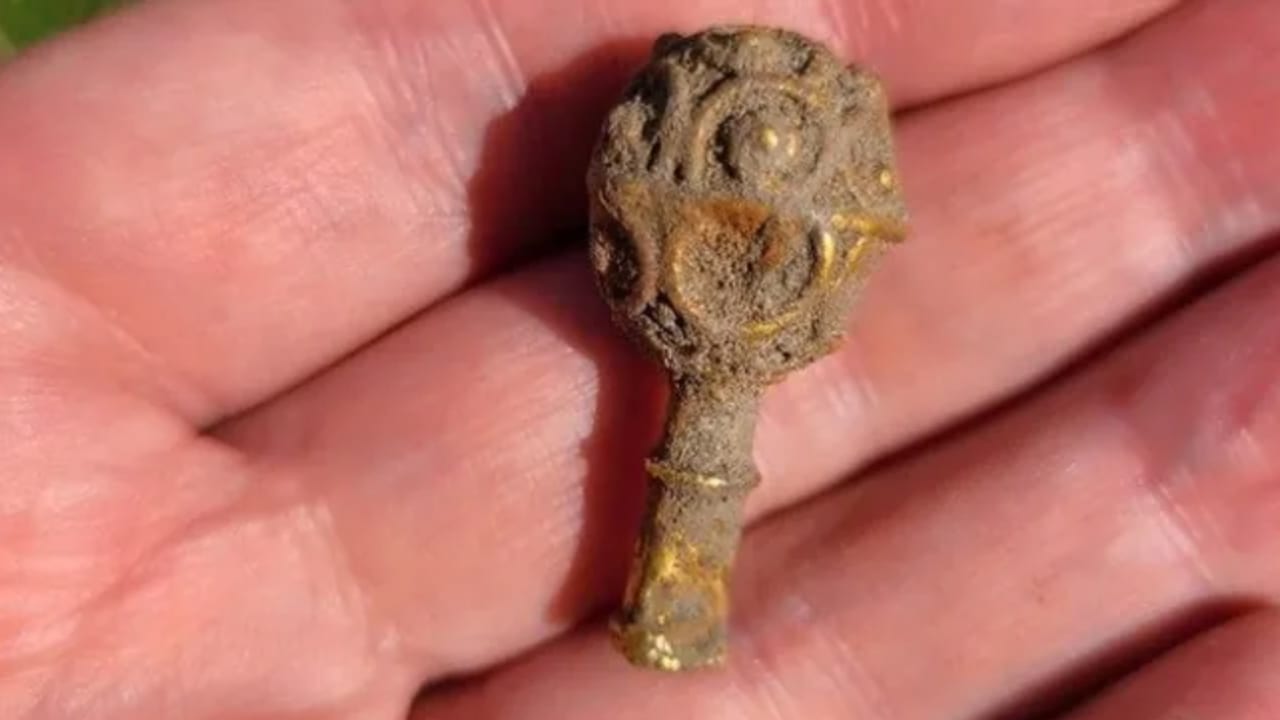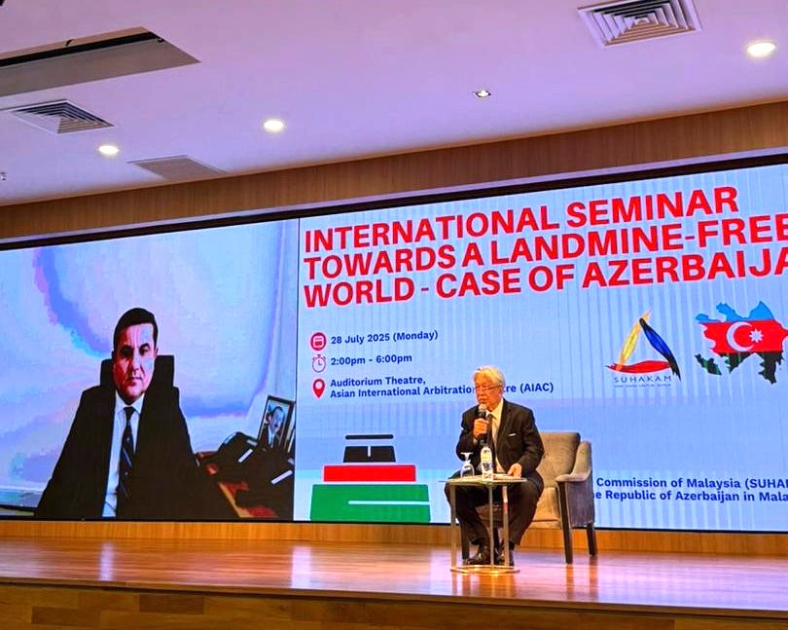The fatal liability of lacking reliable prior networks revealed itself in the rapid collapse of the first Polish state.
A recent study published in the Proceedings of the National Academy of Sciences investigates the acceleration of socio-ecological changes during the time of the Piast dynasty, the first kingdom of Poland, and the factors that led to its end. Using new high-resolution pollen datasets, as well as historical and archaeological data, the study reveals a period of rapid ecological change and strong wealth concentration, followed by a period of rewilding and the collapse of established political structures.
The Piast dynasty emerged in the 10th century, favored by an influx of silver likely obtained from the Eurasian slave trade, according to Phys.org. This influx of wealth enabled the Piasts to rapidly expand their territory. As the dynasty expanded, there was a rapid intensification of land use, including deforestation, increases in agricultural and fire activities, and the development of pastureland. Pollen datasets from four locations in the Piast realm show environmental changes associated with the expansion.
However, less than a century after its foundation, agricultural activity began to decline, and wild ecosystems started to reclaim some areas. Pollen records show wild ecosystems taking over parts of the Piast kingdom, according to Phys.org. This decline suggests that the ecological intensification initiated by the Piast elites could not be maintained due to limited communications, technologies, and demographics.
Silver reserves in the Piast kingdom were shifted with the centers of power but remained highly concentrated. The growth of the population near the core suggests that communities from conquered areas were forcibly resettled.
"Despite its efforts to quickly create a Christian religious hierarchy, the Piast polity was not able to successfully exploit the cohesive power of religion, nor did it develop a good mechanism of co-opting conquered populations and their elites," said Adam Izdebski, lead author of the study, according to Phys.org.
By 1030 CE, weakened by internal conflicts and the invasion of the Czech ruler Břetislav I, the Piast state collapsed and major political structures temporarily disappeared from the region.
The study identifies factors that contributed to the failure of the Piast dynasty, including a lack of social cohesion that tipped the state toward collapse. The authors claim that stable political systems require a balance between capital accumulation and social ties, as argued from perspectives of complex systems theory. For a complex system like a state to achieve stability, there must also be a cycle of negative feedbacks that holds the system together, slows growth, and ensures balance.










.jpg)










